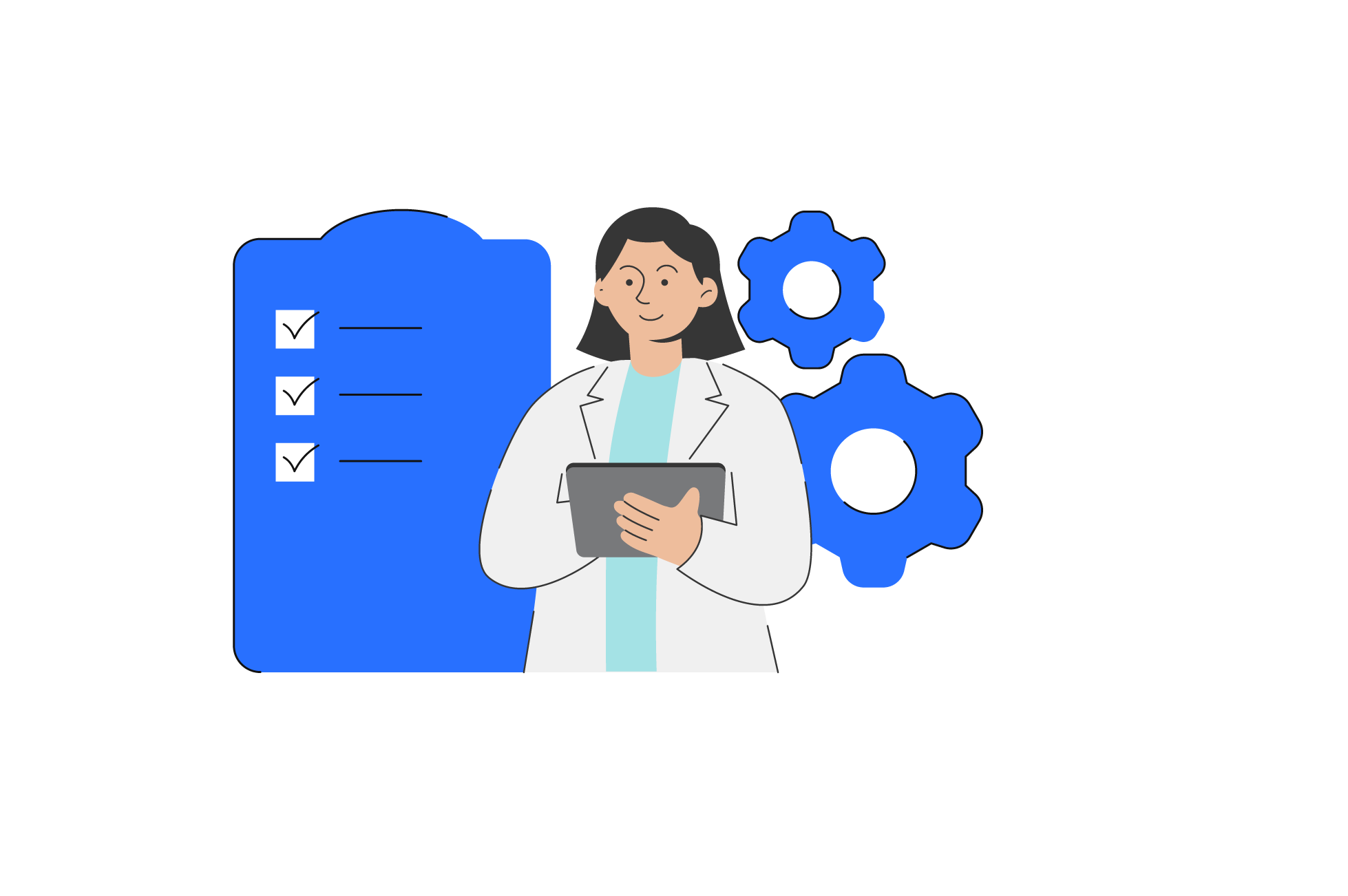How to Write a SOAP Note Properly [with examples]

SOAP notes are a standardized method for documenting patient information in healthcare.
The acronym stands for Subjective, Objective, Assessment, and Plan:
- The Subjective section captures the patient's personal experience, symptoms, and medical history. This part includes the patient's status and present illness as described by the patient during the patient encounter. The goal is to record the patient's own words, focusing on their concerns and experiences.
- The Objective section includes measurable data such as vital signs, physical examination findings, and lab results. It documents the most clinically relevant data observed by the healthcare provider.
- The Assessment section contains the healthcare provider's diagnosis or clinical impressions. This part connects the subjective and objective sections, offering a professional interpretation of the patient's condition.
- The Plan outlines the treatment strategy, including medications, therapies, and follow-up instructions. It details the next steps for managing the patient's condition.
The importance of SOAP notes lies in their structured approach, which enhances clarity, consistency, and communication among healthcare providers. They facilitate effective clinical reasoning and decision-making, ensuring comprehensive patient care. Additionally, SOAP notes are crucial for legal documentation and continuity of care, enabling different providers to access and understand a patient's medical history and treatment plan efficiently.
How to write SOAP notes properly
Writing SOAP notes properly is crucial in healthcare as they provide a structured way to document patient interactions, ensuring clear communication among healthcare providers. Accurate SOAP notes enhance continuity of care, support clinical decision-making, and are essential for legal documentation. They help in tracking patient progress, formulating treatment plans, and ensuring that all relevant information is captured and shared effectively.
- Subjective (S): Record the patient's verbal description of their symptoms and medical history. Ensure to capture the patient's own words, focusing on their concerns and experiences.
- Objective (O): Document measurable and observable data, including physical exam findings, vital signs, and test results. Be specific and factual, avoiding subjective interpretations.
- Assessment (A): Provide a diagnosis or list of possible diagnoses based on the subjective and objective data. Use clinical reasoning to connect symptoms with potential diagnoses, ensuring your assessment is supported by the data.
- Plan (P): Outline the treatment plan, including medications, therapies, and follow-up actions. Be clear and detailed, specifying the next steps and who is responsible for them.
Tips for Clear and Concise Documentation
- Be Precise: Use clear, specific language to avoid ambiguity.
- Stay Organized: Follow the SOAP structure strictly to ensure all relevant information is included.
- Use Bullet Points: For lists and multiple items, use bullet points to enhance readability.
- Avoid Jargon: Use terminology that can be easily understood by all healthcare professionals.
- Review and Revise: Proofread your notes to correct any errors and ensure clarity.
Common Mistakes to Avoid when writing SOAP Notes
- Overly Subjective Language: Avoid using overly descriptive or opinion-based language. Instead, focus on factual and relevant information that is directly reported by the patient. Example: Instead of "The patient seems to be in pain," write "The patient reports severe pain rated 8/10 on the pain scale."
- Lack of Objective Data: Ensure to include measurable and observable data in the Objective section. Omitting this information can lead to incomplete notes and unclear clinical pictures. Example: Document vital signs, physical exam findings, and lab results. Avoid general statements without supporting data.
- Vague Assessments: Provide specific diagnoses or differential diagnoses based on the collected data. Vague assessments can lead to inappropriate treatment plans. Example: Instead of "Possible infection," specify "Suspected bacterial sinusitis based on symptoms and examination findings."
- Incomplete or Unclear Plans: Clearly outline the treatment plan, including medications, further tests, therapies, and follow-up instructions. Incomplete or ambiguous plans can hinder patient care and follow-through. Example: Instead of "Continue current treatment," specify "Prescribe amoxicillin 500 mg TID for 10 days, recommend rest and hydration, follow-up in one week."
Using AI Tools to Write SOAP Notes
The integration of AI in healthcare documentation is revolutionizing the way SOAP notes are created.
AI tools can assist healthcare providers by automating the documentation process, ensuring that SOAP notes are comprehensive, accurate, and completed in a fraction of the time it would take manually.
This technology leverages advanced algorithms to analyze patient data, generate structured notes, and streamline workflows, ultimately enhancing patient care.
Related Topics:
AI Medical Scribers are Changing the game
Benefits of Using AI for SOAP Notes
- Time-Saving: AI tools significantly reduce the time required to document patient interactions, allowing healthcare providers to focus more on patient care. By automating repetitive tasks, AI enables faster note generation, which can cut documentation time by up to 50%.
- Accuracy: AI-driven note generation minimizes human errors and ensures that all relevant data is captured accurately. This leads to more precise and reliable documentation, which is crucial for effective patient treatment and continuity of care.
- Consistency: AI tools maintain a consistent format and language across all SOAP notes, which enhances readability and comprehensibility for all healthcare team members. Consistent documentation practices are vital for clear communication and effective collaboration.
Quadrant Health is an example of a provider that has successfully implemented AI note generators. By utilizing AI, Quadrant Health ensures that notes are not only accurate but also generated quickly, allowing providers to spend more time interacting with patients and less time on documentation.
Quadrant Health’s industry-leading AI medical scribe transcribes encounters in real time making documentation more accurate and efficient.

